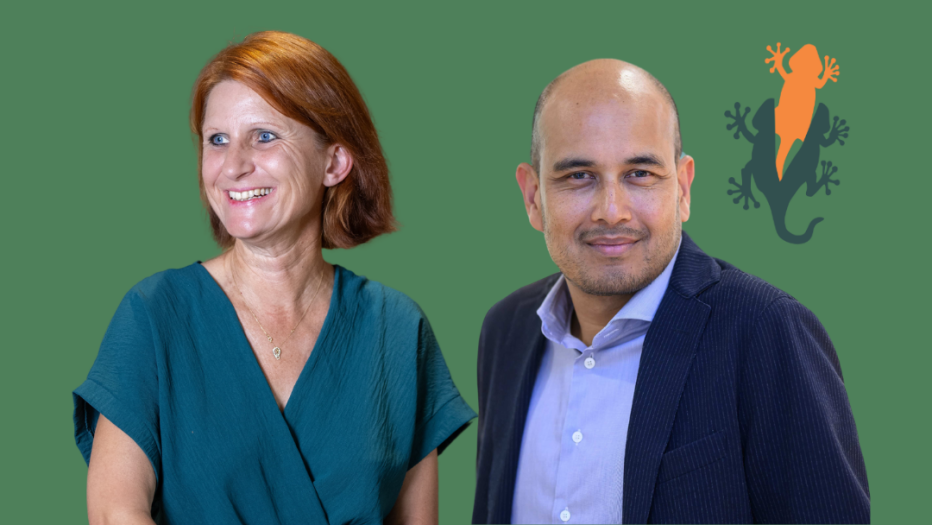
Organizations in the throes of change to meet societal challenges.
Innovation, Entrepreneurialism and Hybridity
Disruptive, radical, etc. There's no shortage of adjectives to describe the major societal changes we're currently experiencing, with the climate crisis, the rise of artificial intelligence and the challenges of social inequality. To meet these complex challenges, tomorrow's enterprise will either be hybrid or it won't be.
Hybridization concerns the link between workers and organizations (salaried or self-employed) and the way work is organized (face-to-face/remote mix). The contribution made to an organization no longer necessarily takes place within the framework of salaried employment. A variety of co-employment statuses exist: micro-contractors, self-employed workers, service providers. Organizations gain in flexibility and agility by employing workers on an as-needed basis.
Societal challenges also call for innovation strategies in organizations, which can be understood as incremental or radical adaptations that may or may not give rise to multiple forms of innovation (product, service, process, etc.).
It's Schumpeter's famous creative destruction, which pointed to this permanent industrial mutation, whose acceleration he saw at the turn of the century with the manufacturing industry, but with the prediction of the replacement of entrepreneurs by large corporations. What about today? Are we in an era of such analogous transformation in companies, required to continually adapt by innovating in the face of transitional challenges?
"Societal challenges call for innovation strategies in organizations, which can be understood as incremental or radical adaptations."

Yes, if we look at the acceleration in companies' innovation practices, well beyond the exclusive domain of R&D or marketing. Protean innovation is strongly promoted at all levels of the company, but also in its relations with its various stakeholders. We speak of open innovation, participative innovation, etc.
This necessary innovation calls into question the repositioning of players within the framework of a more global organizational innovation. The innovation process requires rethinking skills, employee training, the distribution of responsibilities and the structuring of decision-making, as well as the integration of partners and customers into new interaction patterns.
Donnelly and Johns (2021) consider that the reorganization and recontextualization of work generates opportunities and challenges for many players. Whatever the challenge, it's value-adding creative knowledge that will make the difference, especially when it comes to solving unexpected, complex problems. This living knowledge is carried, nurtured and shared by humans, even if these key players can rely on artificial intelligence. It is indeed humans who are central, within teams and collectives in organizations.Indeed, organizations are increasingly dependent on talented human resources, especially those with high skills, to support their innovation strategies (Laviolette, Redien-Collot and Teglborg, 2016).
As a result of this dependency, organizations are striving to develop new devices, structures, etc. to attract, retain and develop talent. It's no longer a question of capturing them and locking them up, but of enabling them to develop both within and outside the organization. Their mobility and circulation seem to be key, in line with innovation strategies that are increasingly open to their technological, social and other environments. The notion of employer brand and employee experience is frequently mentioned (Diard et al., 2023). In fact, new forms of relationship are emerging between the organization and the talented worker. The latter negotiate their commitment with the company, like contractors offering their services over a defined period, while retaining a certain autonomy and flexibility in the organization of their work.
"It's really the human element that's central, within teams, within collectives in organizations."
Innovation also relies on key skills. A company's long-term survival sometimes depends on what we call "key people". Michel (2001) defines the "Key Man" as referring to the strategic, fundamental, or more simply important skills of employees; also to their success in important functions and whose resignation or disappearance would cause significant damage to their company. Their departure could jeopardize the company. Some company employees possess knowledge, professional contacts or managerial skills that enable them to make an important contribution to the organization's activity.Their loss, through resignation or death, can seriously damage the company (Ferray, 2014). They play a decisive economic role in the operation of the company, its development and the structuring of innovation.
"These are new forms of relationship that are taking shape between the organization and the talented worker."
When we talk about innovation and its embodiment, we often refer to the entrepreneur. The one who introduces and disseminates novelty. In fact, at a time when innovation is making a strong comeback in organizations undergoing major transformations, it's a form of rehabilitation of this social figure (because he never acts alone), at the heart of the organization through schemes that enable employees to become entrepreneurs and/or to collaborate with them via incubators, and so on. These schemes aim to develop the soft skills found in entrepreneurs: communication, problem-solving, critical thinking, collaboration and adaptability. These are skills that can be developed through practices (creativity, prototyping, lean start-up, design thinking, etc.) that are rapidly developing in organizations, often through experiential learning programs (Delanöe Gueguen, Gueguen and Laviolette, 2023).
"In a hybridized world, each individual becomes the entrepreneur of his or her own journey."
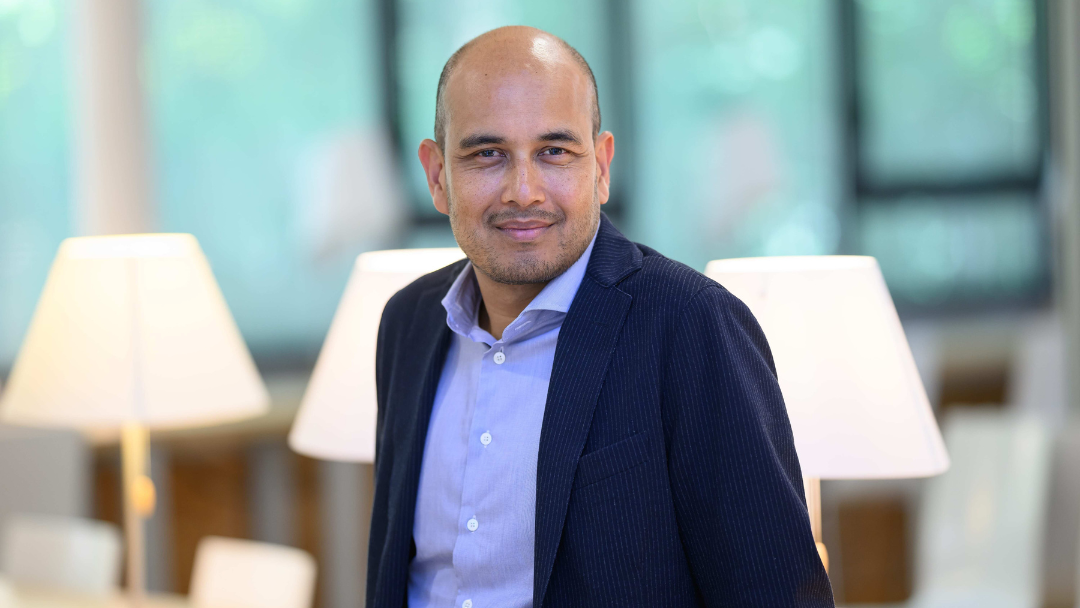
Indeed, while not all companies are developing such elaborate schemes, we are witnessing a form of"entrepreneurialism" (Dejardin and Luc, 2016) in organizations that have largely adopted its discourses and practices. In fact, a new form of relationship with its workers, more individualized, more autonomous, more delimited in time, more flexible and more focused on performance.
The managerial relationship is evolving towards greater trust, delegation and autonomy (Diard, Hachard, 2021). In a hybridized world, each individual becomes the entrepreneur of his or her own career path. The regulatory framework for continuing vocational training is also moving in this direction, with the aim of ensuring that employees are "players" in the development of their skills and retain control over them (thanks in particular to the CPF). Careers are no longer linear, and sometimes you need to be able to take risks, innovate and reinvent yourself to evolve in a world that has become uncertain. Employees are developing the skills once reserved for entrepreneurs. Agility, risk identification (Diard and Lasmoles, 2019), the ability to develop continuity plans, but also a form of resilience, will enable employees/entrepreneurs to build future organizations.
While Schumpeter predicted the end of the entrepreneur, are we witnessing the return of the entrepreneur within existing organizations in the face of our society's major transitions?





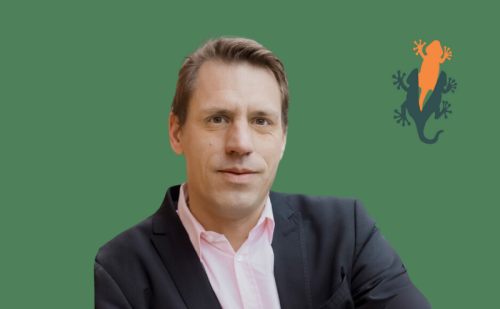



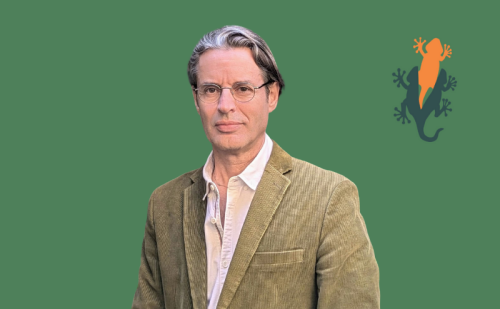


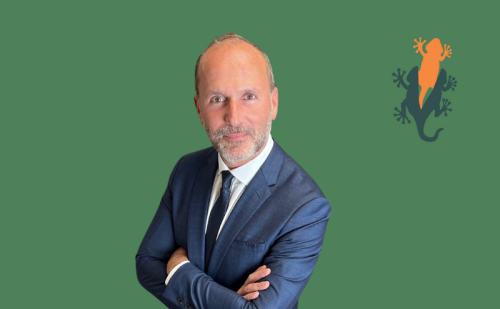





No comment
Log in to post comment. Log in.